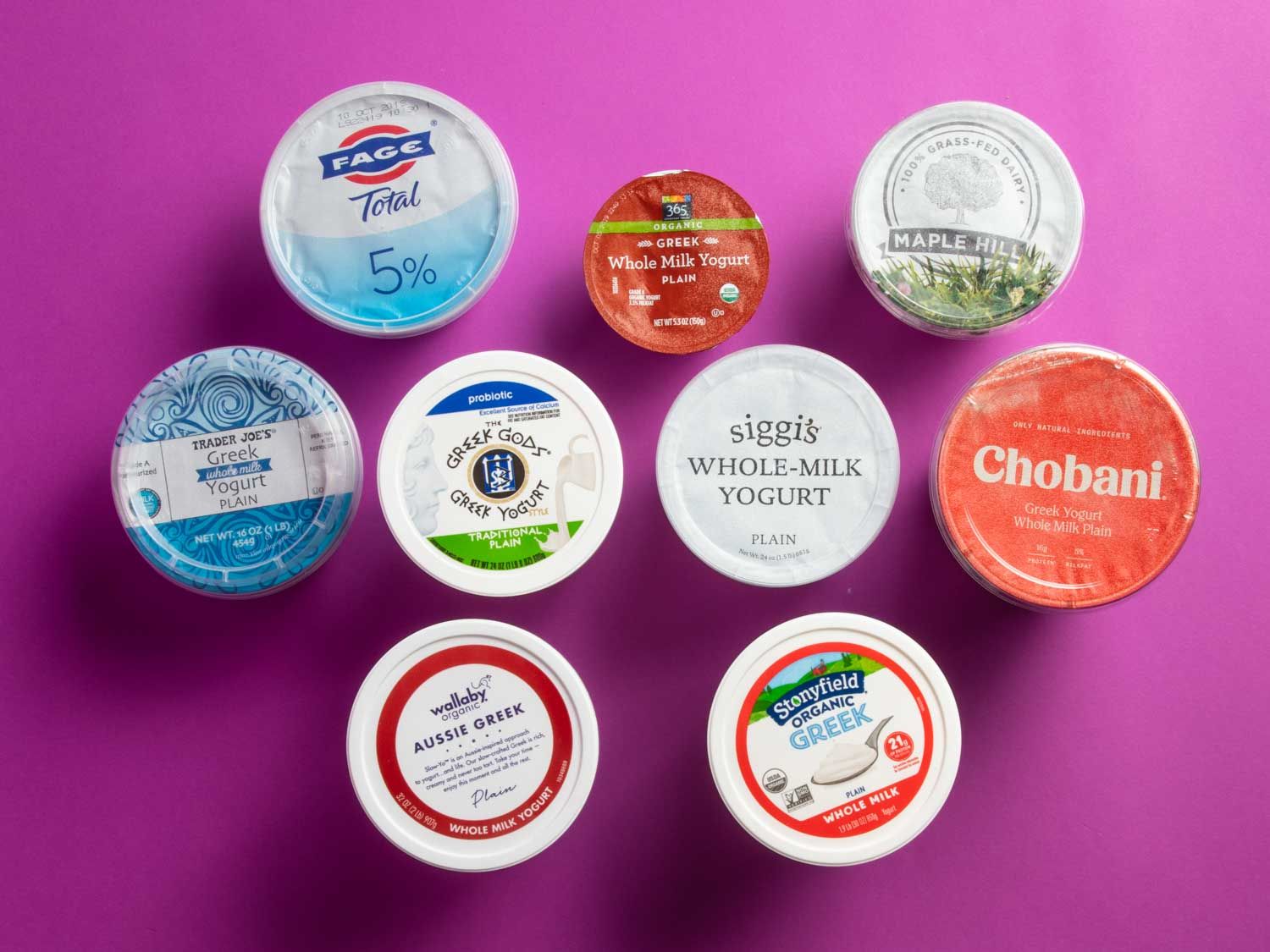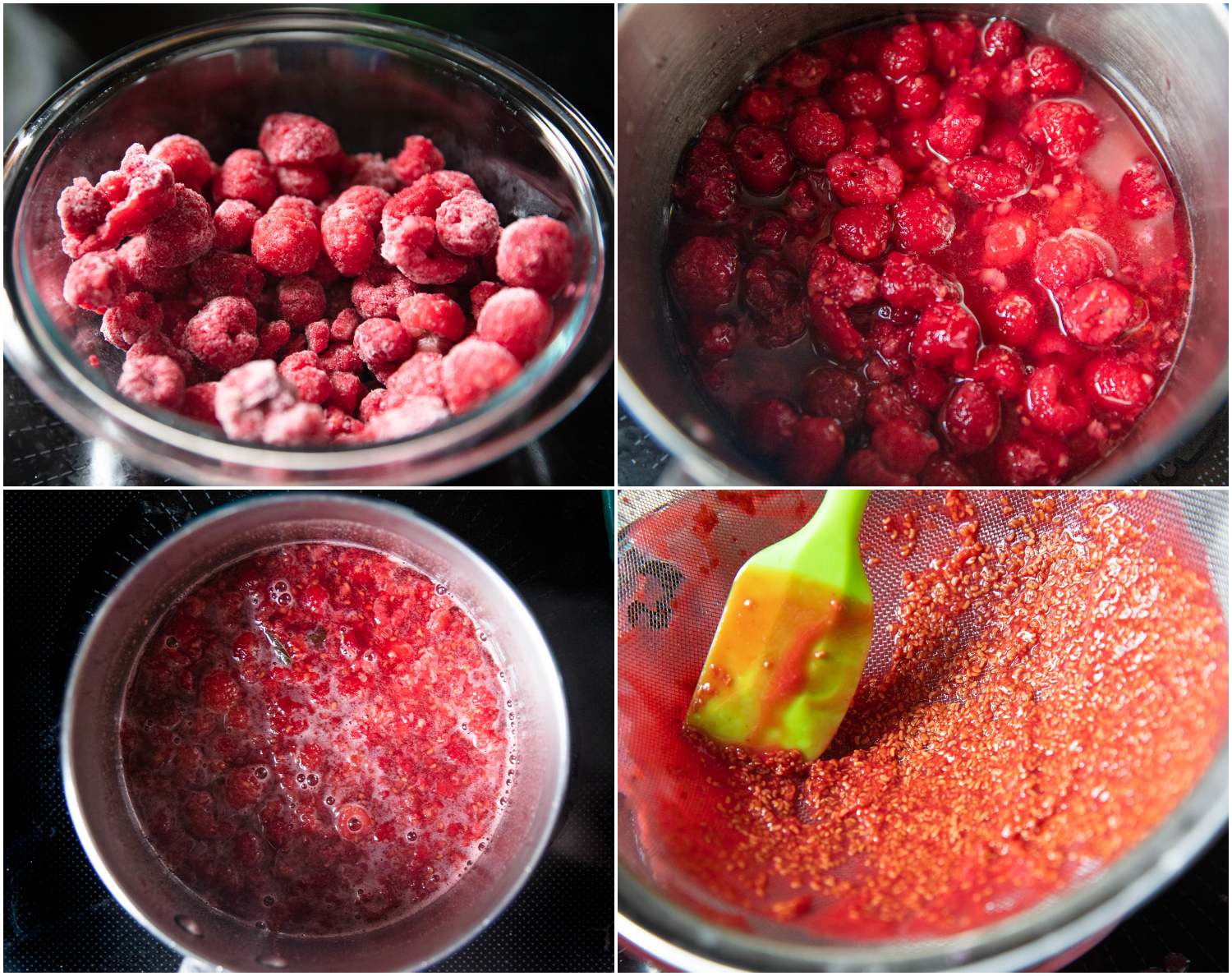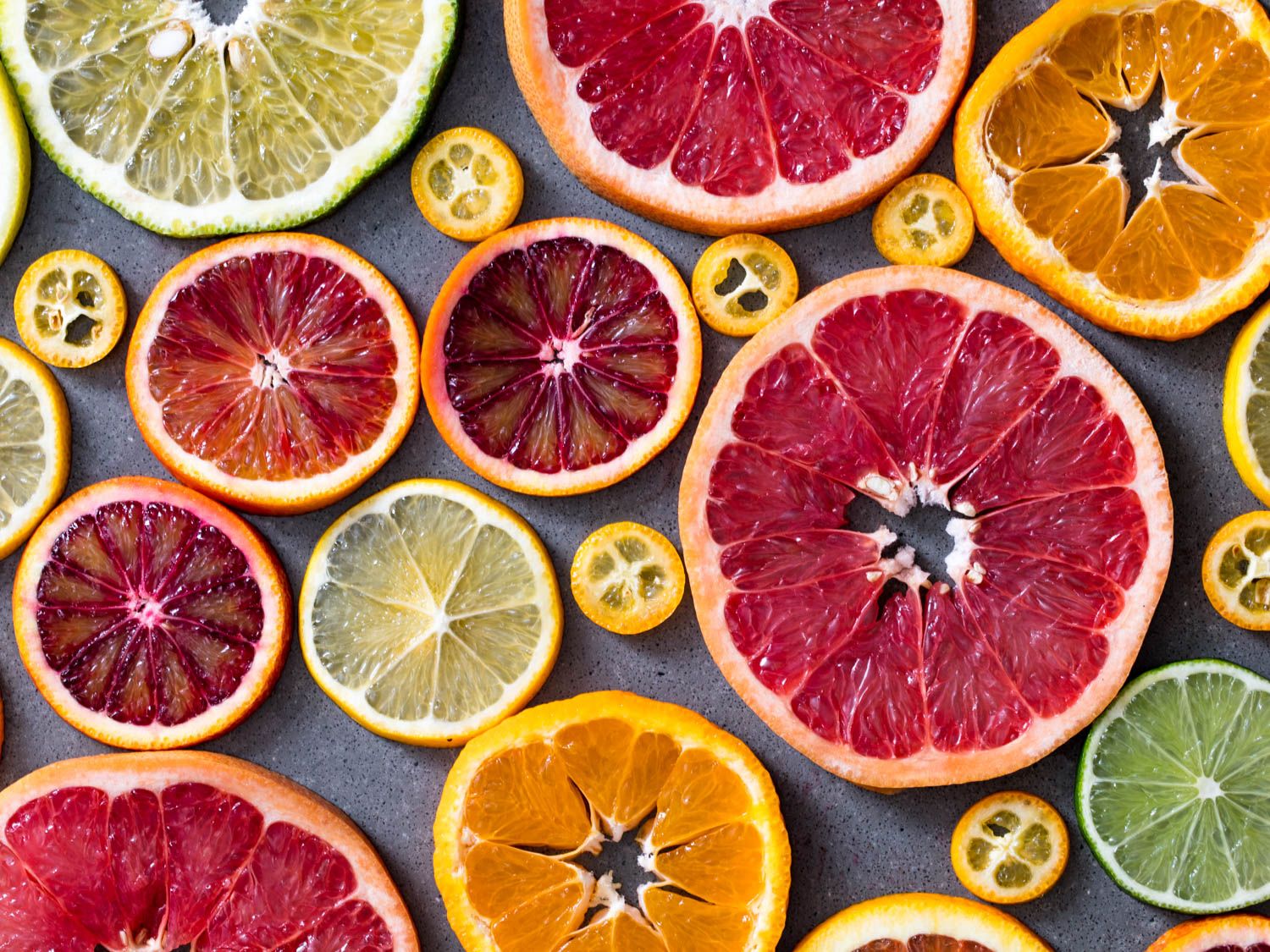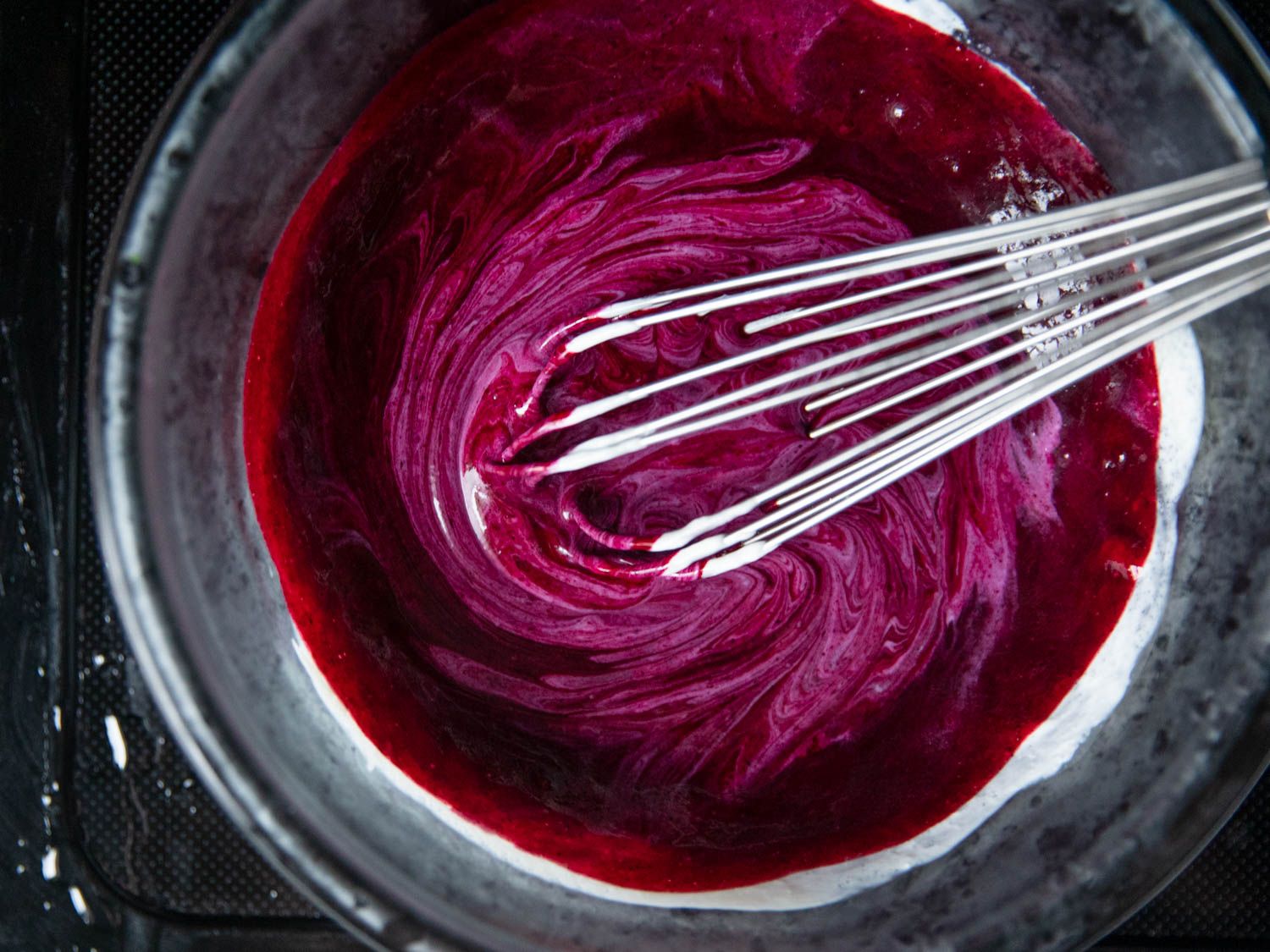Create the ultimate fruit-yogurt popsicles, you’ll be enjoying them in no time.
These frozen treats have a creamy, velvety smooth texture; just the right amount of bite; and a well-balanced flavor that blends tangy yogurt and sweet, rich fruit.
Even though there’s no way to provide specific guidance for all possible fruits, we are confident that the following guidelines will help you to make your favourite fruit-yogurt popsicles from scratch.
The Yogurt

Greek yogurt is critical to popsicle success.
The first step of a great fruit-yogurt popsicle is selecting the best yogurt to use and the Greek yogurt is the ideal choice since popsicles are frozen solid the extra-creamy texture of Greek yogurt is crucial here.
– When frozen into solid popsicles, plain yogurt creates a very icy texture –
Using full-fat Greek yogurt, gives a pleasantly tangy flavor and a smooth, creamy texture but will also have a slight chalkiness to it.
To address that chalkiness. The solution is a splash of heavy cream, this will help to round out the flavor and smooth out the texture perfectly.
Just because we suggest full-fat Greek yogurt it doesn’t mean it will always prevail when paired with a fruit – but given that it was our favorite with three different fruits, it’s likely the way to go in most, if not all, cases.
Handling the Fruit

Experiment with cooking the fruit or keeping it raw.
Fresh, ripe fruit have a remarkable full, bold flavor and sweet-tart punch that frozen fruit just can’t compete with. In a pinch, though, you can pull off tasty popsicles with frozen fruit – just note that you may need to add extra sugar or otherwise adjust the balance to get it in the sweet spot.
With mango: that bright and sweet tropical mango flavor comes through best without cooking.
With blueberry and raspberry: both are tastier if you lightly cook them first. Blueberries and raspberries benefit greatly from a gentle simmer, taming their raw tartness while concentrating their fruity sweetness.
But one must tread lightly, because even careful simmering can turn fresh berries into popsicles with an unappealing cooked flavor.
Important:
- Although fresh fruit tastes best, frozen fruit works in a pinch, especially if it’s easier to find out of season. You may need to add a little extra sugar to make it work.
- If you’re hard pressed to think of cooked preparations of the fruit you select, then keeping it raw is most likely the way to go. Mango, watermelon, and cantaloupe are all examples of fruits that are probably best left raw.
- For fruits that work well both raw and cooked (such as strawberries and apricots), you need to experiment and determine which version you like better (or even do a raw and cooked combination!). Note that while cooking concentrates flavor, you risk losing the fruit’s delicacy and nuance in the process. Stick to short, gentle cooking to avoid popsicles with a dull flavor.
- If you’re cooking the fruit, it’s important to take the fruit’s water content into consideration. For fruits with a water content above 90%, you shouldn’t need to add extra water. For leaner fruits consisting of less than 90% water, it’s often a good idea to incorporate some water since you’ll be at risk of popsicles with a “too creamy” texture if too much water is cooked off. The addition of water helps keep that balance in check.
The Role of Sugar, Acid, and Salt

Sugar, citrus juice, and salt put the pop in popsicles.
We have a preference for granulated sugar, which contributes to a sweet, cleaner-tasting fruit flavor. Plus, you don’t need much, a little goes a long way; these popsicle call for three to five ounces of sugar per recipe, though the exact amount will depend on the fruit used.
The inclusion of acid in the form of citrus juices adds brightness and another layer of flavor to popsicles. You can get creative here, choosing anything from lemon to lime, orange, grapefruit, meyer lemon, yuzu, and calamansi. The sweet spot is 3/4 teaspoon of citrus juice per recipe, regardless of citrus type. If you want a more dominant flavor, experiment with increasing amounts; just be careful, the more you add, the more you risk creating a bitter, astringent pop.
We like to pair mango with lime, lemon juice worked well with that deep, sweet blueberry flavor; and raspberries pair well with fresh orange juice, which draws out the berries’ own subtle citrus notes. That said, you have a lot of flexibility here to play with combinations.
The addition of salt makes it all pop. As a flavor “potentiator,” salt brings out desirable flavors in food. Think about chocolate chip cookies with a dusting of flaky sea salt or a salted caramel sauce. Even when it’s not an obvious ingredient, that pop of salinity is an important component in just about any sweet. Aim for roughly half a teaspoon of Diamond Crystal kosher salt.
You may want to go beyond the basics, like herbs, spices, and extracts are a wonderful way to play with flavor. We suggest you get The Flavor Thesaurus for inspiration, which breaks down flavors by category and then matches each ingredient in that category with multiple pairings that elevate it.
Pulling it Together

Blend fruit and yogurt together for a monochromatic treat.
To finish this amazing journey to fruit-yogurt popsicle perfection is to ask whether or not to create a swirl.
A swirled pop is definitely more eye-catching, but our preference is for blending. With blending (using a 1:1 ratio of fruit to yogurt), the look is monochromatic, but you gain a cohesive flavor experience that delivers a perfectly creamy, rich, and fruity blend in every bite.
We hope you enjoy them!
Fonts:
www.seriouseats.com
Photography © Vicky Wasik, unless otherwise noted



